Home>Furniture & Design>Bathroom Accessories>When Was Toothpaste And The Toothbrush Invented


Bathroom Accessories
When Was Toothpaste And The Toothbrush Invented
Modified: August 27, 2024
Discover the history of bathroom accessories with the invention of toothpaste and the toothbrush. Learn about the origins and evolution of these essential items.
(Many of the links in this article redirect to a specific reviewed product. Your purchase of these products through affiliate links helps to generate commission for Storables.com, at no extra cost. Learn more)
Introduction
The history of dental care and hygiene is a fascinating journey that spans thousands of years, showcasing the evolution of tools and practices aimed at maintaining oral health. From the early civilizations to the modern era, the development of toothpaste and the toothbrush has played a pivotal role in promoting dental hygiene and preventing oral diseases. Understanding the origins and evolution of these essential bathroom accessories provides valuable insights into the progress of human civilization and the quest for improved personal care.
Throughout history, various cultures have employed diverse methods to clean their teeth and maintain oral hygiene. The invention of toothpaste and the toothbrush represents a significant milestone in the advancement of dental care practices. By delving into the origins and evolution of these essential tools, we gain a deeper appreciation for the ingenuity and resourcefulness of our ancestors in addressing the fundamental need for oral hygiene.
The journey of toothpaste and the toothbrush is a testament to human innovation and the continuous quest for improved health and well-being. As we explore the historical timeline of these indispensable bathroom accessories, we uncover the remarkable ingenuity and creativity that have shaped the evolution of dental care practices. From ancient remedies to modern formulations and ergonomic designs, the story of toothpaste and the toothbrush is a testament to the enduring pursuit of enhanced personal hygiene and well-being.
The invention of toothpaste and the toothbrush has not only revolutionized oral hygiene but has also contributed to the overall improvement of public health. By examining the historical context and technological advancements that have propelled the development of these essential tools, we gain a profound understanding of the significance of dental care in human civilization. The journey from rudimentary dental care practices to the sophisticated oral hygiene products available today reflects the relentless pursuit of innovation and improvement in the realm of personal health and hygiene.
The evolution of toothpaste and the toothbrush mirrors the progress of human society, highlighting the enduring commitment to enhancing personal care and well-being. By embarking on this historical exploration, we embark on a captivating journey through time, unraveling the remarkable story of how toothpaste and the toothbrush have become indispensable elements of our daily lives.
Key Takeaways:
- The invention of toothpaste and the toothbrush dates back to ancient civilizations, showcasing human ingenuity and the timeless pursuit of improved oral hygiene practices.
- The evolution of toothpaste and the toothbrush reflects the enduring commitment to enhancing personal care and well-being, from ancient remedies to modern formulations and ergonomic designs.
Read more: When Was The Electric Toothbrush Invented
Early Dental Care Practices
The quest for dental hygiene dates back to ancient civilizations, where early humans utilized various methods to maintain oral health. Archaeological evidence suggests that dental care practices were prevalent in ancient Egypt, Mesopotamia, and India as early as 3000 BC. These early societies employed a range of natural substances and rudimentary tools to address dental issues and promote oral hygiene.
In ancient Egypt, for instance, individuals used a mixture of crushed rock salt, mint, dried flowers, and pepper to create a primitive form of toothpaste. The abrasive nature of this concoction facilitated the removal of food particles and debris from the teeth, contributing to oral cleanliness. Additionally, early toothpicks made from twigs or small sticks were utilized to dislodge food remnants from between the teeth, demonstrating the resourcefulness of ancient dental care practices.
In Mesopotamia, the use of chewing sticks made from aromatic tree twigs was prevalent. These sticks, when chewed, released natural juices that acted as a form of primitive toothbrush, aiding in the cleaning of teeth and gums. Similarly, in ancient India, the practice of oil pulling, known as "kavala" or "gundusha," involved swishing sesame oil or other oils in the mouth to promote oral hygiene and remove toxins.
The ancient Greeks and Romans also contributed to early dental care practices by utilizing abrasive powders and pastes to clean their teeth. Substances such as crushed bones, oyster shells, and powdered charcoal were commonly used as dental abrasives, highlighting the resourcefulness of early civilizations in addressing oral hygiene.
These early dental care practices, though rudimentary by modern standards, laid the foundation for the development of more sophisticated oral hygiene methods. The ingenuity and resourcefulness of ancient cultures in formulating natural remedies and utilizing simple tools underscore the timeless importance placed on dental care and oral hygiene.
The evolution of dental care practices from these early methods to the advanced oral hygiene products available today reflects the enduring human commitment to maintaining oral health. The journey from ancient dental care practices to the contemporary dental care industry is a testament to the relentless pursuit of improved personal hygiene and well-being.
The Invention of Toothpaste
The invention of toothpaste can be traced back to ancient civilizations, where early forms of dental care and oral hygiene practices were prevalent. Ancient Egyptians, Greeks, and Romans utilized various substances to clean their teeth and maintain oral health. One of the earliest known toothpaste formulations was used by the ancient Egyptians around 5000 BC. This primitive toothpaste consisted of a mixture of crushed rock salt, mint, dried flowers, and pepper, which served as an abrasive paste for cleaning the teeth.
The ancient Greeks and Romans also contributed to the development of early toothpaste by using powdered substances such as crushed bones, oyster shells, and powdered charcoal as dental abrasives. These abrasive powders were effective in removing debris and food particles from the teeth, contributing to oral cleanliness.
In China and India, tooth powders made from a combination of herbs, salt, and other natural ingredients were utilized for dental care. These early tooth powders were effective in cleansing the teeth and promoting oral hygiene.
The modern formulation of toothpaste, as we recognize it today, began to take shape in the 18th century. In the early 1800s, soap was added to toothpaste formulations, which enhanced its cleansing properties. Subsequent advancements led to the incorporation of fluoride, a key ingredient known for its role in preventing tooth decay and strengthening tooth enamel.
The 20th century witnessed significant innovations in toothpaste production, with the introduction of fluoride toothpaste becoming a standard in oral care. The development of various flavors, textures, and specialized formulations tailored to address specific dental concerns further revolutionized the toothpaste industry.
Today, toothpaste is available in a myriad of formulations, catering to diverse oral care needs such as whitening, sensitivity relief, and gum health. The evolution of toothpaste from its humble origins to the sophisticated formulations available today reflects the continuous pursuit of improved dental care and oral hygiene.
The invention and evolution of toothpaste have significantly contributed to the promotion of oral health and hygiene, underscoring the enduring importance of dental care in human civilization.
The Invention of the Toothbrush
The invention of the toothbrush is a testament to human ingenuity and the enduring quest for improved dental hygiene. The origins of the toothbrush can be traced back to ancient civilizations, where various cultures devised methods to clean their teeth and maintain oral health.
One of the earliest known tooth-cleaning tools resembling a toothbrush was found in ancient Mesopotamia, dating back to around 3500 BC. These early toothbrushes consisted of a chew stick, typically a thin twig with a frayed end, which was used to clean the teeth by chewing on the frayed fibers. Similarly, ancient Egyptians utilized a similar form of tooth-cleaning sticks made from twigs, which were frayed to create a brushing effect on the teeth and gums.
In China, during the Tang Dynasty (619-907 AD), the concept of a toothbrush evolved further with the use of hog bristles attached to a handle made of bamboo or bone. This design closely resembled the modern toothbrush, with the bristles providing a more effective means of cleaning the teeth and removing debris.
The concept of the toothbrush continued to evolve, with the bristle material transitioning from hog hair to more modern synthetic materials. The mass production of toothbrushes began in the 18th century, marking a significant milestone in the accessibility of oral hygiene tools to the general population.
The 20th century witnessed remarkable advancements in toothbrush design, with the introduction of nylon bristles by Dupont de Nemours. This innovation revolutionized toothbrush manufacturing, leading to the widespread adoption of nylon bristle toothbrushes due to their durability and superior cleaning properties.
Today, toothbrushes are available in a variety of designs, including manual and electric options, catering to diverse preferences and oral care needs. The incorporation of ergonomic handles, multi-level bristle designs, and specialized features such as tongue cleaners and gum stimulators exemplifies the continuous innovation in toothbrush technology.
The evolution of the toothbrush from its humble origins to the diverse range of options available today reflects the unwavering commitment to enhancing oral hygiene and maintaining dental health. The invention and evolution of the toothbrush have significantly contributed to the promotion of oral health, underscoring the enduring importance of dental care in human civilization.
The first known toothpaste was created by the ancient Egyptians around 5000 BC, using a mixture of powdered ashes, burnt eggshells, and ox hooves. The modern toothbrush was invented in China during the Tang Dynasty, around the 7th century.
Evolution of Toothpaste and Toothbrush Designs
The evolution of toothpaste and toothbrush designs has been a remarkable journey, reflecting the continuous pursuit of improved dental care and oral hygiene. Over the centuries, these essential bathroom accessories have undergone significant transformations, incorporating innovative materials, formulations, and ergonomic features to enhance their effectiveness and user experience.
Toothpaste Evolution
The evolution of toothpaste has seen a progression from rudimentary abrasive pastes to the sophisticated formulations available today. Early toothpaste formulations, such as those used by ancient Egyptians and Greeks, relied on natural abrasives like crushed rock salt, mint, and powdered charcoal to clean the teeth. As civilizations advanced, the addition of soap in the 18th century enhanced the cleansing properties of toothpaste, marking a pivotal development in its evolution.
The incorporation of fluoride in toothpaste formulations in the 20th century revolutionized dental care by offering effective protection against tooth decay and enamel strengthening. This milestone significantly contributed to the widespread adoption of fluoride toothpaste as a standard oral care product. Furthermore, the diversification of toothpaste flavors, textures, and specialized formulations tailored to address specific dental concerns has provided consumers with a wide array of options to meet their oral care needs.
Toothbrush Evolution
The evolution of toothbrush designs has been equally transformative, with early tooth-cleaning tools evolving into the modern toothbrushes available today. Ancient tooth-cleaning sticks made from frayed twigs and chew sticks laid the foundation for the development of more advanced toothbrush designs. The introduction of hog bristle toothbrushes in ancient China during the Tang Dynasty represented a significant leap forward in toothbrush technology, providing a more effective means of cleaning the teeth.
The transition from natural bristle materials to synthetic nylon bristles in the 20th century marked a pivotal advancement in toothbrush design. The durability and superior cleaning properties of nylon bristles revolutionized toothbrush manufacturing, leading to the widespread adoption of nylon bristle toothbrushes. Furthermore, the introduction of ergonomic handles, multi-level bristle designs, and specialized features such as tongue cleaners and gum stimulators has further enhanced the functionality and user experience of modern toothbrushes.
The evolution of toothpaste and toothbrush designs reflects the enduring commitment to improving oral hygiene and maintaining dental health. The continuous innovation in dental care products underscores the importance of oral hygiene in promoting overall well-being and underscores the enduring significance of dental care in human civilization.
Conclusion
The journey through the history of toothpaste and the toothbrush unveils a captivating narrative of human ingenuity, resourcefulness, and the unwavering commitment to oral hygiene. From the early dental care practices of ancient civilizations to the modern formulations and ergonomic designs available today, the evolution of these essential bathroom accessories reflects the timeless pursuit of improved dental care and oral hygiene.
The invention of toothpaste and the toothbrush has significantly contributed to the promotion of oral health, underscoring the enduring importance of dental care in human civilization. The early dental care practices of ancient cultures, utilizing natural substances and rudimentary tools, laid the foundation for the development of more sophisticated oral hygiene methods. The ingenuity and resourcefulness of our ancestors in formulating natural remedies and utilizing simple tools exemplify the timeless importance placed on dental care and oral hygiene.
The evolution of toothpaste from its humble origins to the diverse range of formulations available today showcases the relentless pursuit of improved dental care. The incorporation of fluoride, diverse flavors, and specialized formulations tailored to address specific dental concerns has provided consumers with a wide array of options to meet their oral care needs. Similarly, the evolution of toothbrush designs, from ancient tooth-cleaning sticks to the modern ergonomic toothbrushes, reflects the continuous innovation in dental care products, enhancing the functionality and user experience of these essential tools.
As we reflect on the historical timeline of toothpaste and the toothbrush, it becomes evident that the quest for improved oral hygiene has been a constant throughout human history. The enduring commitment to enhancing personal care and well-being is encapsulated in the evolution of these indispensable bathroom accessories. The invention and evolution of toothpaste and the toothbrush stand as testaments to human innovation and the continuous pursuit of improved health and well-being.
In conclusion, the remarkable story of toothpaste and the toothbrush serves as a reminder of the enduring significance of dental care in human civilization. The journey from ancient dental care practices to the contemporary dental care industry is a testament to the relentless pursuit of improved personal hygiene and well-being. The evolution of these essential tools mirrors the progress of human society, highlighting the enduring commitment to enhancing personal care and well-being.
Frequently Asked Questions about When Was Toothpaste And The Toothbrush Invented
Was this page helpful?
At Storables.com, we guarantee accurate and reliable information. Our content, validated by Expert Board Contributors, is crafted following stringent Editorial Policies. We're committed to providing you with well-researched, expert-backed insights for all your informational needs.
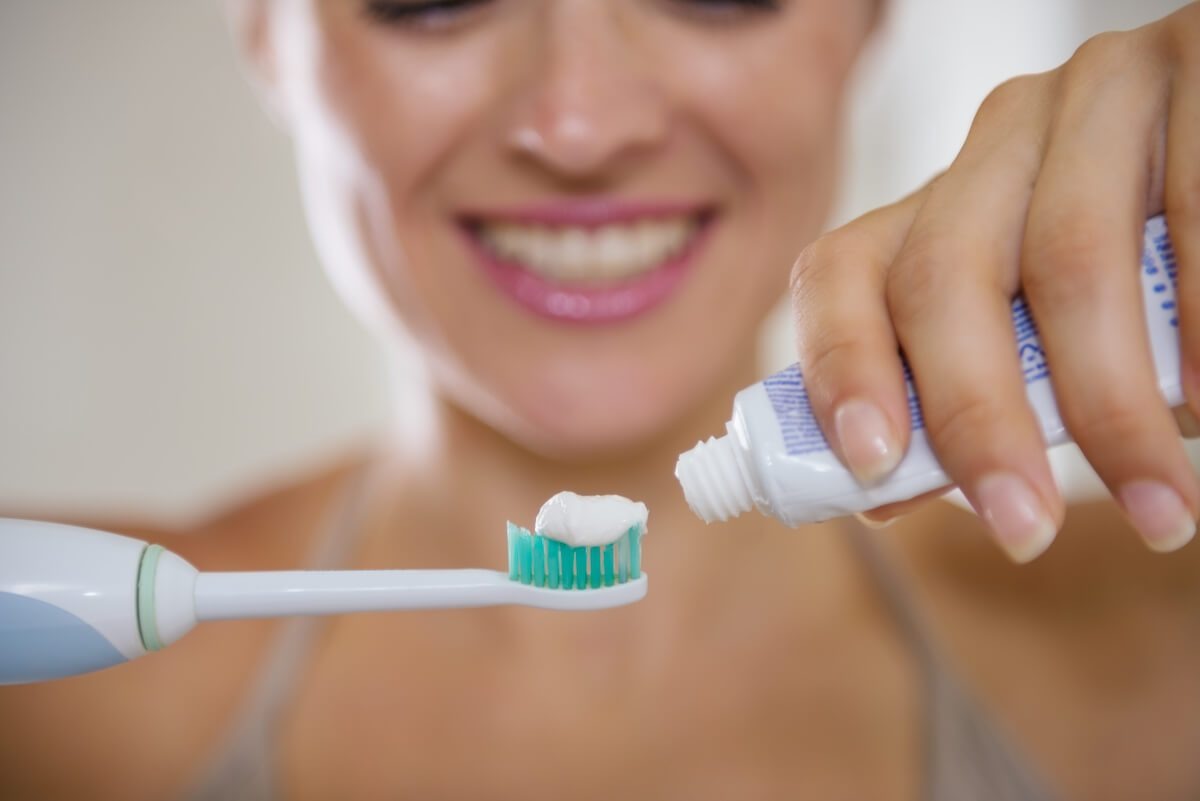
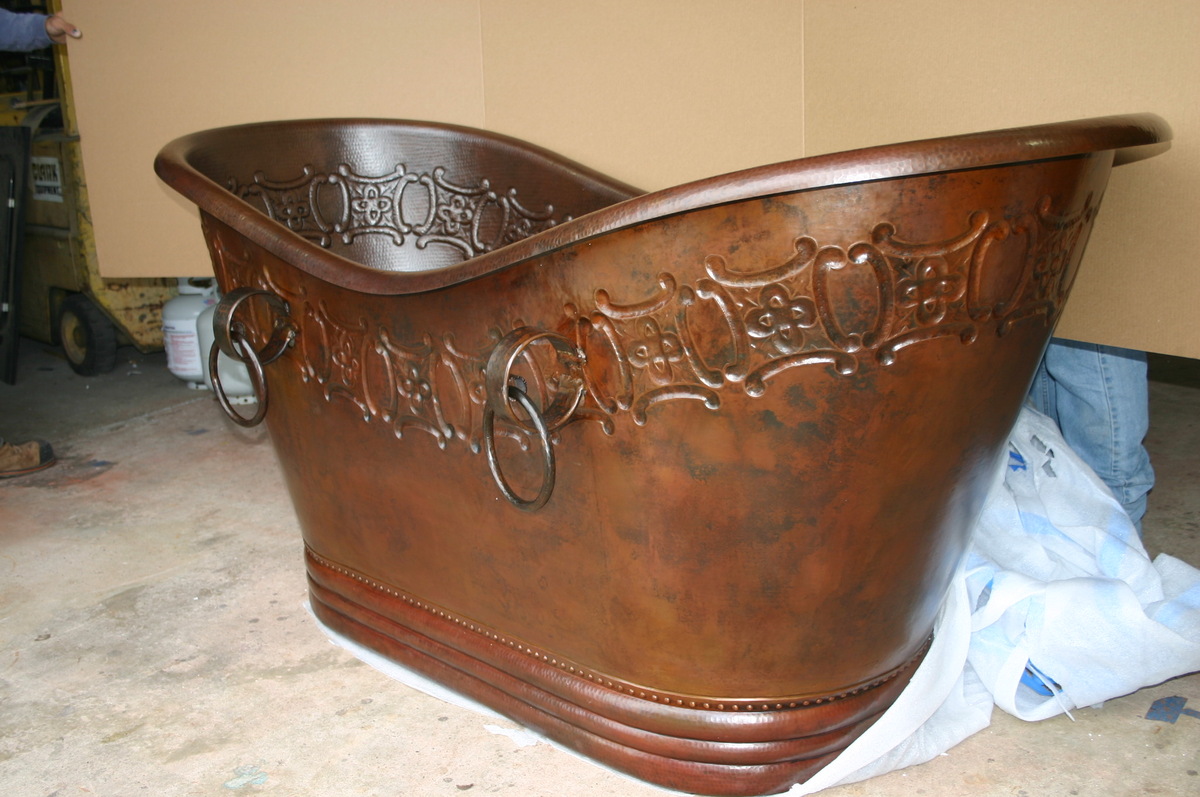
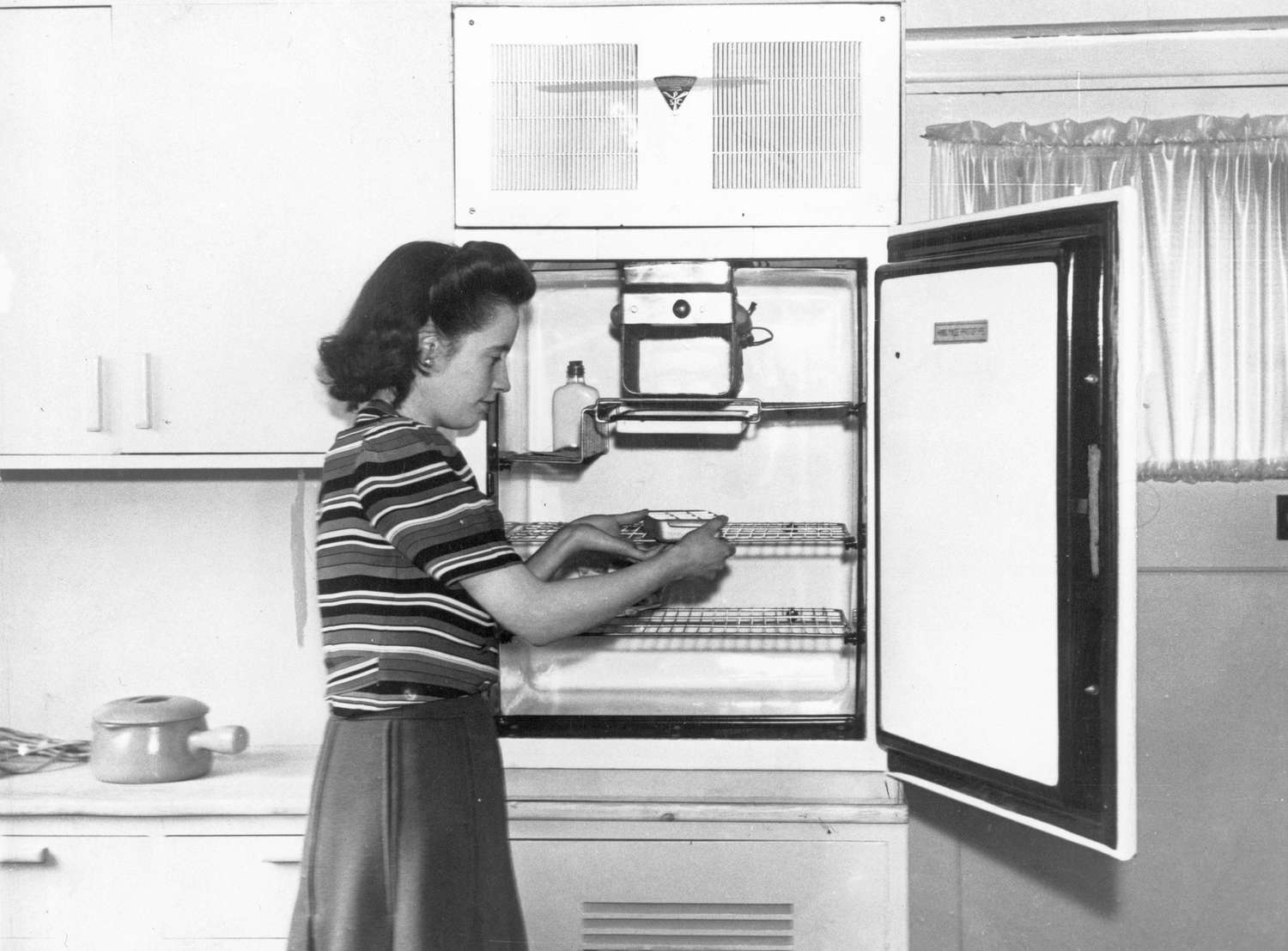



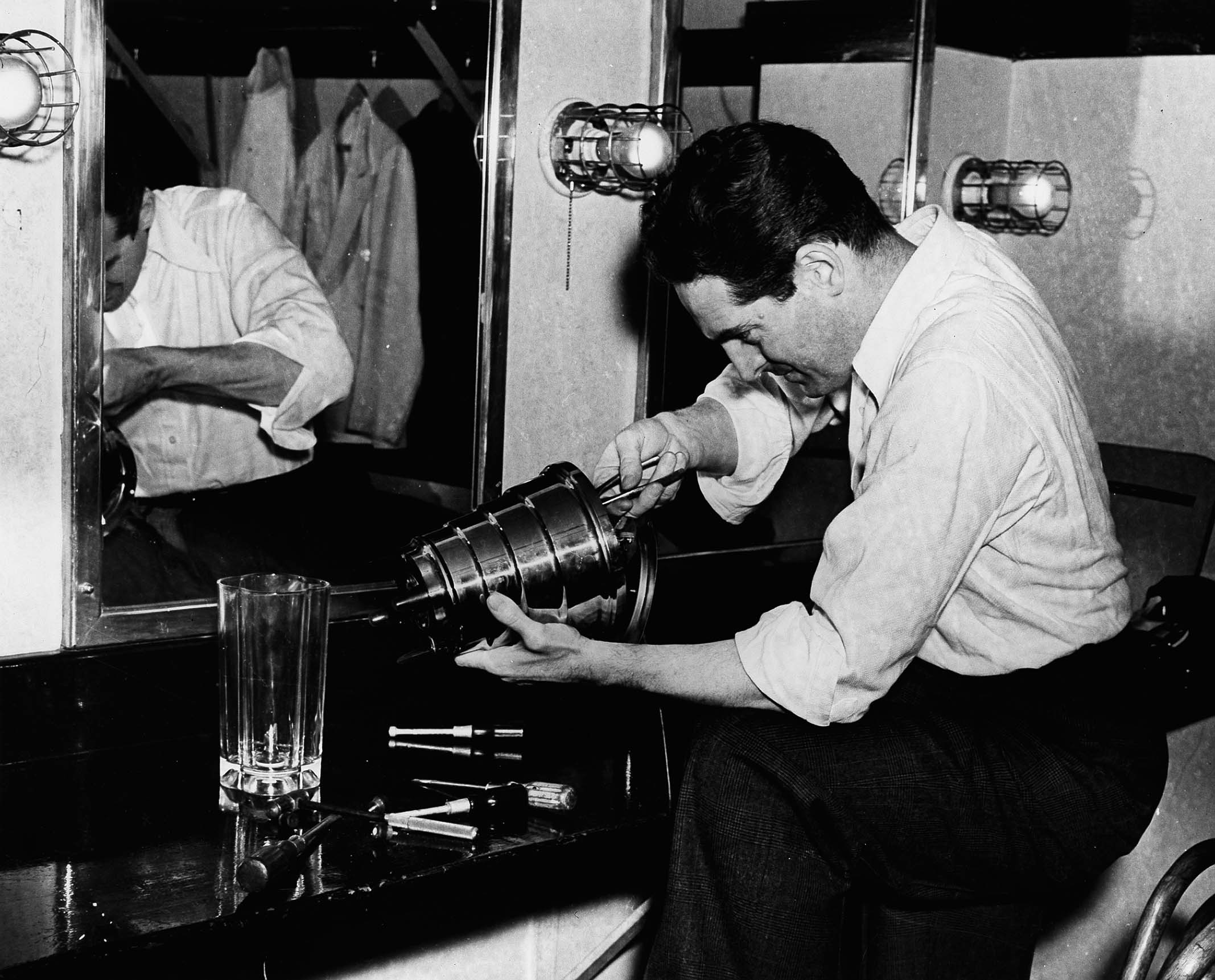




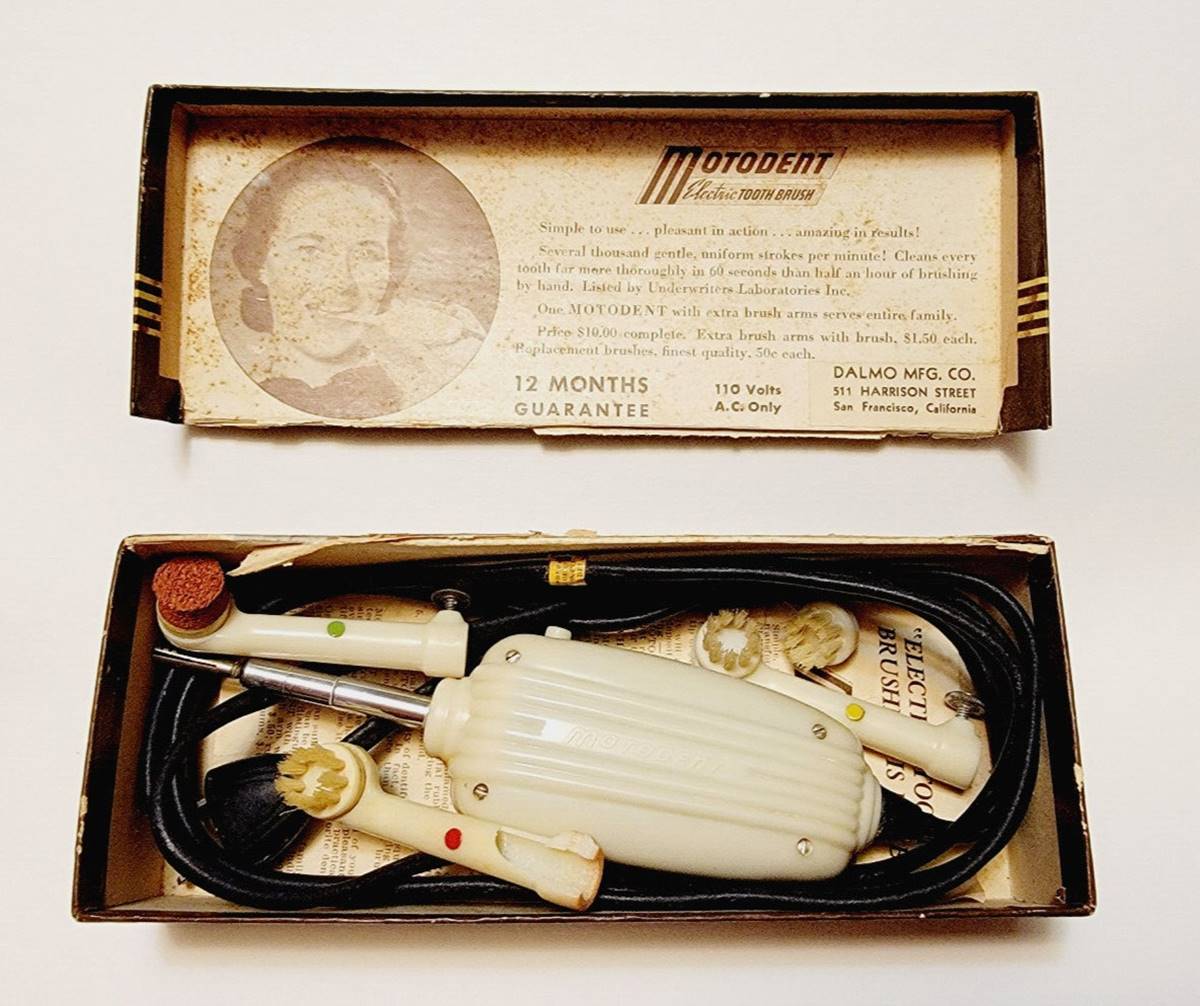

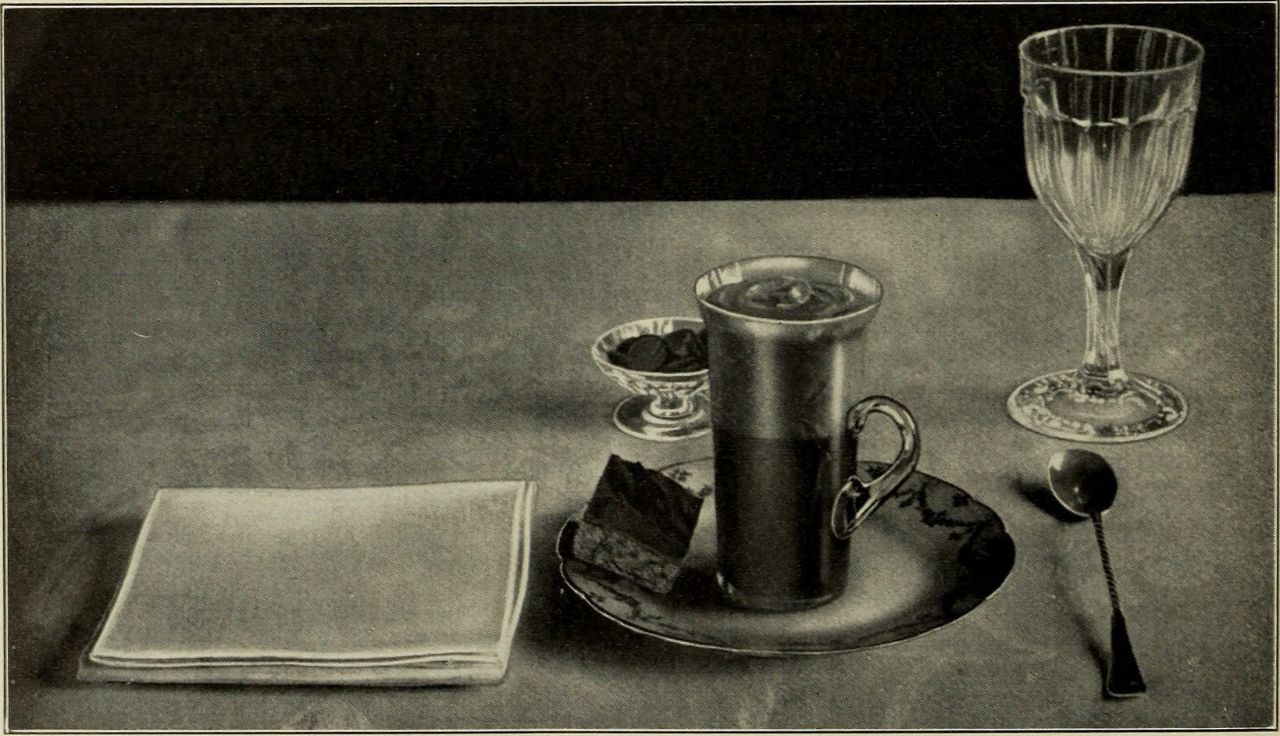

0 thoughts on “When Was Toothpaste And The Toothbrush Invented”